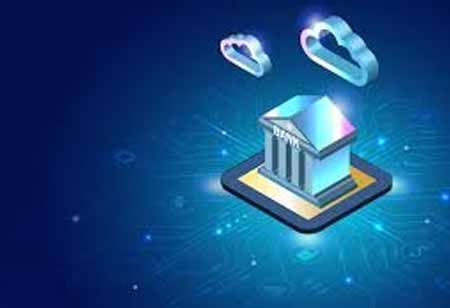THANK YOU FOR SUBSCRIBING

By
Banking CIO Outlook | Saturday, December 09, 2023
Stay ahead of the industry with exclusive feature stories on the top companies, expert insights and the latest news delivered straight to your inbox. Subscribe today.
The cards and payments market will witness dynamic changes driven by competition, innovation, regulatory advancements, and customer demands.
FREMONT, CA: The cards and payments market is transforming significantly, driven by increased competition, regulatory changes, and accelerating innovation. The rapid evolution is making the sector more open, fast, and standardized, breaking the dominance of a few significant players and creating new opportunities for both traditional and disruptive players. The entry of new companies, including fintech and specialized payment networks, disrupts the conventional payments ecosystem. Lower barriers to entry and advancements in technology have led to instant, frictionless, and customer-centric payment experiences. While innovation was initially concentrated at the periphery, financial institutions are now modernizing their core systems.
Cross-border payments, particularly in the B2B, are poised for significant improvement in the coming years. Regulators and organizations are working towards modernizing cross-border payment infrastructures. Governments are rolling out financial inclusion and more rapid payment programs, further driving the growth of the payments industry. The companies are disrupting traditional players and transforming the payments landscape by leveraging their customer base and advanced technology.
Big Tech companies are increasingly investing in the payments market. Digital wallets and other innovative products Big Tech provides are reshaping customer experiences. Traditional companies must decide whether to compete or partner with Big Tech to drive revenue growth. Super apps consolidate multiple services, including payments, into a single platform. Apps offer customers the convenience of purchasing goods and services through their smartphones. Companies worldwide will attempt to replicate the success of super apps, although regulatory hurdles and cooperation between regulators and technology companies may pose challenges.
Payment solutions need to balance speed, cost, security, and experience. With customers demanding "anywhere service," payment providers must ensure their services are available where customers spend their time. Payment experiences will transform from physical to virtual as technology advances, seamlessly integrating into customers' daily lives. Invisible and embedded payment experiences will become the norm, and successful payment providers will focus on developing frictionless and invisible payment solutions. Cryptocurrencies play a role in the evolving payments infrastructure, with proven use cases as alternatives to fiat currencies in certain economies.
Governments will invest in central bank digital currency projects, although cryptocurrencies remain a grey area in many developed and developing economies due to volatility. Environmentally friendly practices will gain importance. Payment providers can offer sustainable alternatives to physical money and cards, empowering customers to reduce their carbon footprint while collecting valuable spending data. The services have the potential to drive investment, shape the future, and raise awareness about environmental impact.
See Also : Payment Processing Companies
THANK YOU FOR SUBSCRIBING
Be first to read the latest tech news, Industry Leader's Insights, and CIO interviews of medium and large enterprises exclusively from Banking CIO Outlook
I agree We use cookies on this website to enhance your user experience. By clicking any link on this page you are giving your consent for us to set cookies. More info



